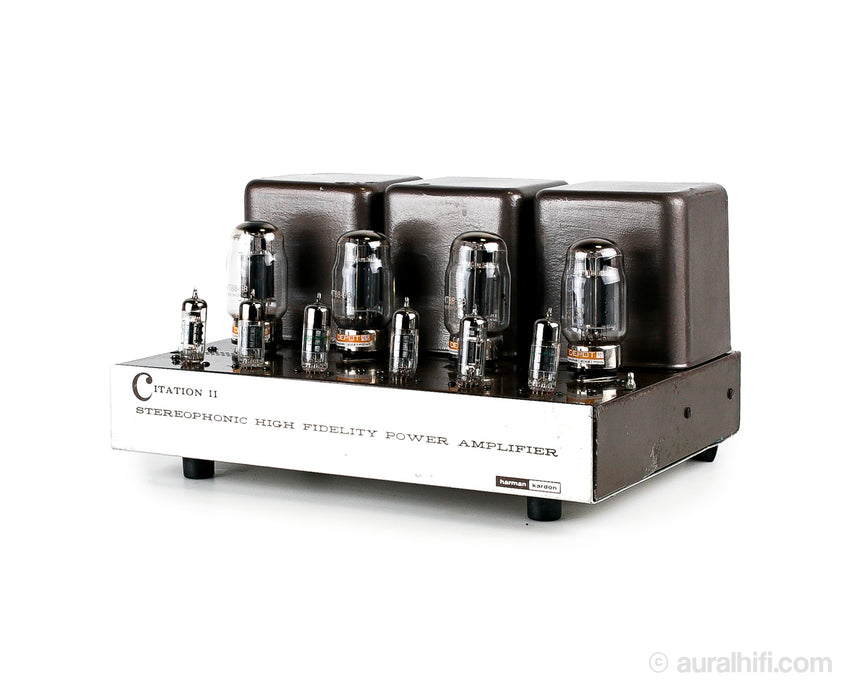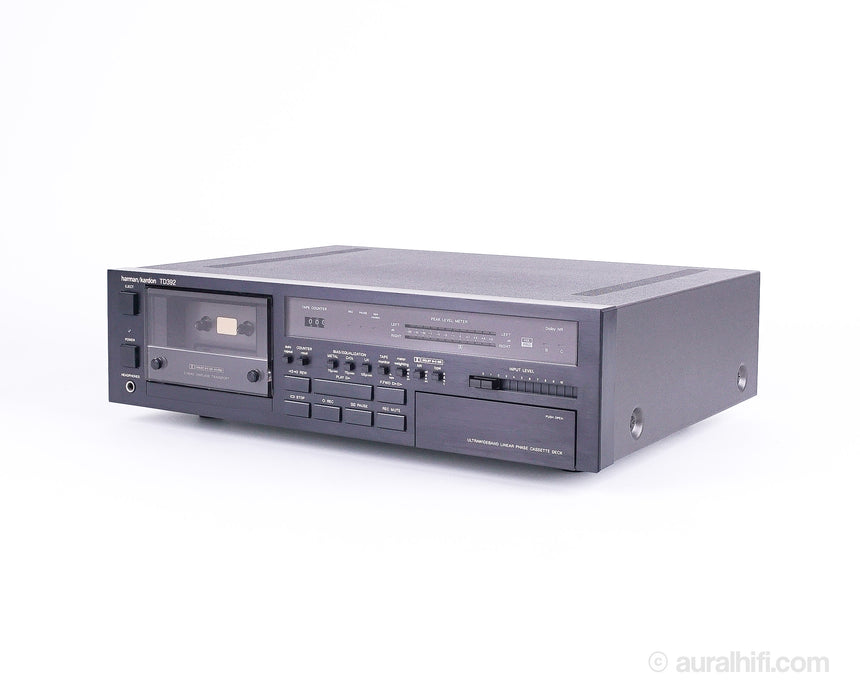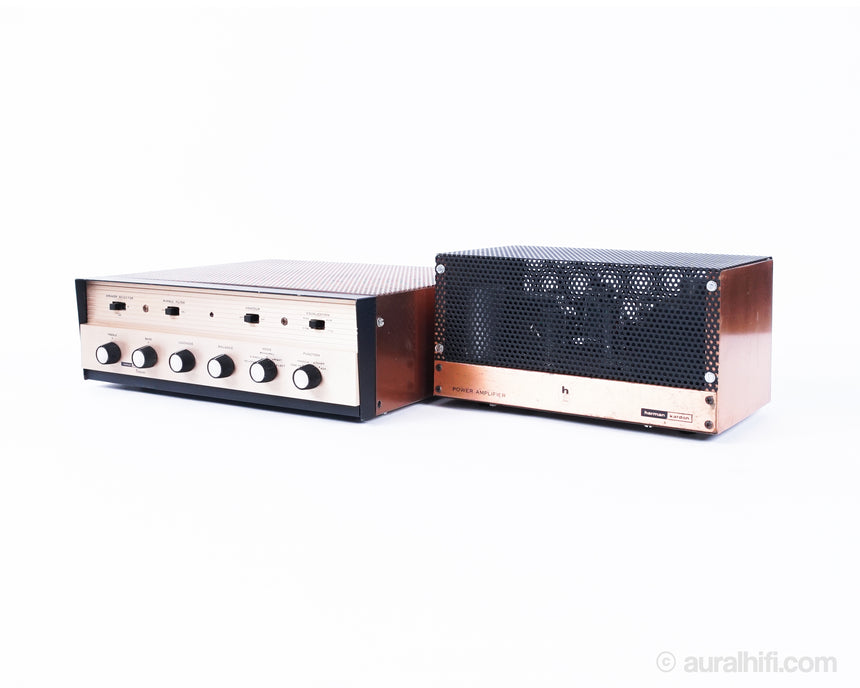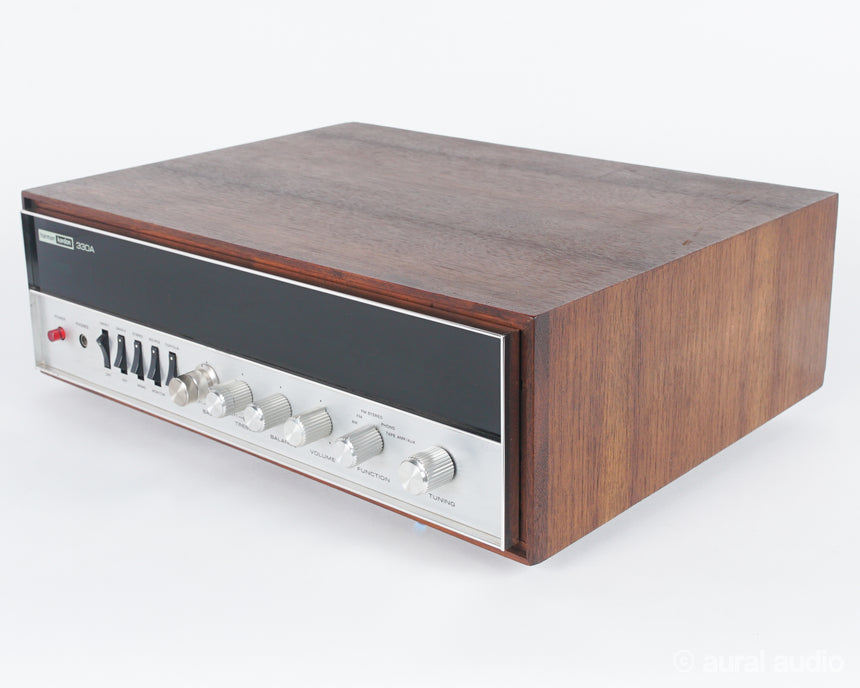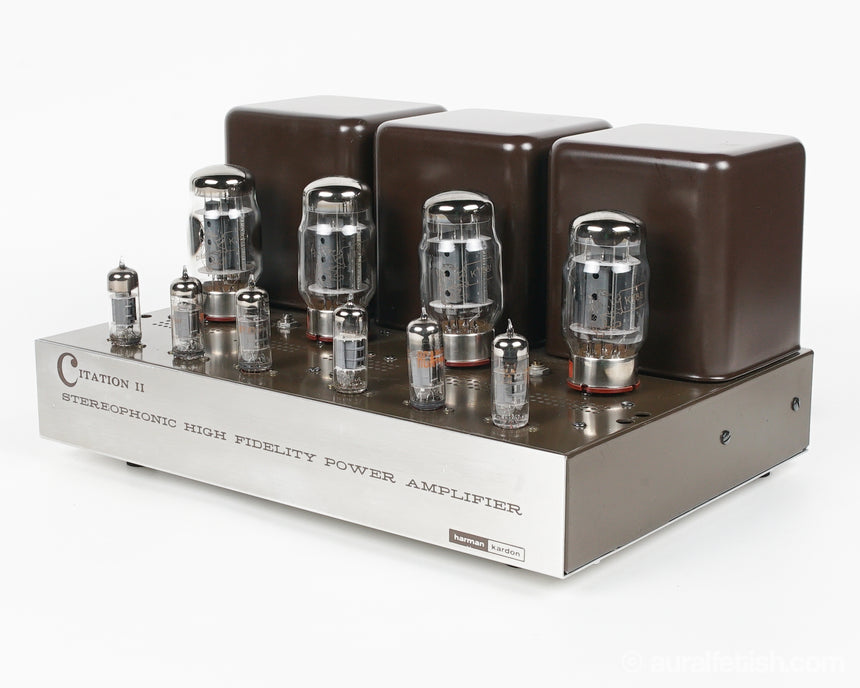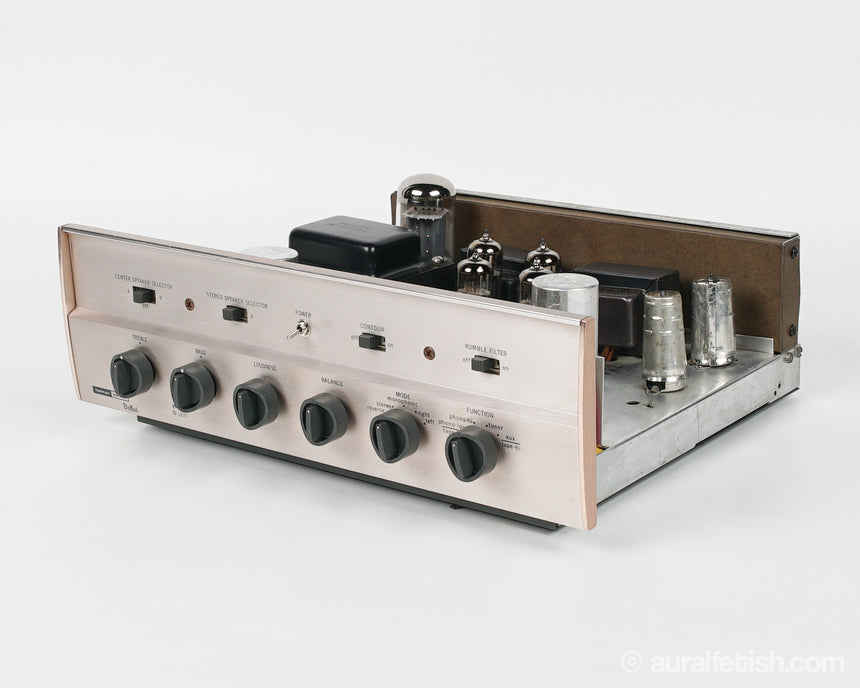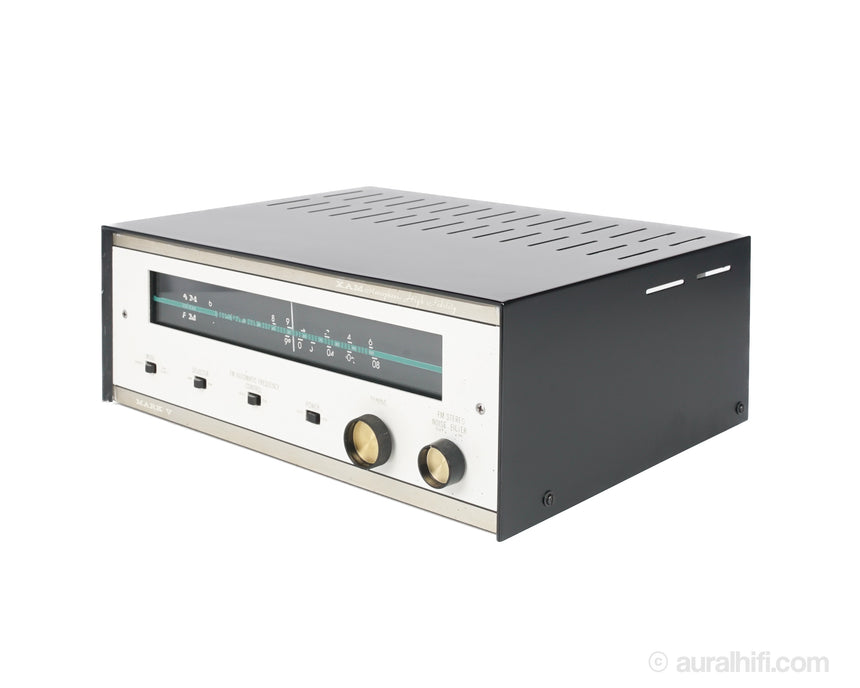THE HISTORY OF HARMAN KARDON

Harman Kardon runs on two mottos – the first, to reproduce sound exactly as the artist intended it to be heard. Their audio speakers are created to produce beautiful and clear music just as you would hear in recording studios. The second, is to make music look as beautiful as it sounds, through their cutting-edge design. All through the ’50s and ’60s, the brand continued to seek out new technologies. In the late 1960s, Harman Kardon collaborated with a young high-tech firm, which had innovative ideas such as reducing audio noise. This company was Dolby Laboratories and Harman Kardon products continue to feature Dolby equipment like the Dolby Digital receivers even today. It was no surprise then that by the mid-70s, Harman Kardon was a leader in American consumer audio. Soon, the company changed its name to Harman International Industries, but retained Harman Kardon as an individual brand.
In the early 1950s, Sidney Harman was the general manager of the David Bogen Company, a manufacturer of public address systems at the time. Bernard Kardon was the chief engineer at Bogen. Due to management changes at Bogen in the early 1950s, both men resigned. With $5,000 investment each, Sidney Harman and Bernard Kardon founded the Harman Kardon Company in 1953.
In the 1950s Harman Kardon designed some of the first high fidelity audio products that lent to starting the high fidelity business. Integrated receivers (with a tuner, preamplifier and power amplifier) was an idea to introduce and provide high fidelity performance in a single unit. Integrated high fidelity receivers, however, were not new — Scott Radio Laboratories had manufactured such items in the late 1930s. The company’s first product was an FM tuner.
One year after its founding, in 1954, Harman Kardon introduced their compact size high fidelity receiver, the Festival D1000. The D1000 was one of the world’s first AM/FM compact Hi-Fi receivers, and a forerunner to today’s integrated receivers. This monaural unit was aimed to introduce non-technical consumers to high fidelity and combined many now-familiar features such as a tuner, component control unit and amplifier in a single chassis. The shape, form function and size of the D1000 was a forerunner of the modern integrated receiver. Early Harman Kardon Hi-Fi equipment can be identified by a distinctive design of a copper plated chassis with a copper and black color scheme for panels and enclosures.
By 1956, Bernard Kardon decided to retire and sold his interest in the company to Sidney Harman. As the sole head of Harman Kardon, Harman continued to make the company a technical leader in Hi-Fi products. Sidney Harman would change the company’s name to Harman International, but the receivers, tuners and amplifiers were still branded Harman Kardon. The products continue to be branded as Harman Kardon to the present day.
In 1958, Harman Kardon introduced one of the first stereo receivers, the Festival TA230, once again aimed at non-technical users with the intention of making high-fidelity stereo widely available. Stereo sound was achieved by using one channel from the AM band, and one channel from the FM band. This early form of stereophonic reception was called simulcast stereo. Early FM broadcast signals did not have the stereo carrier (pilot) signal that carried the stereo left and right channels. After the stereo signal standard was established, a stereo multiplex circuit connected to or built into the receiver was used to decode the stereo signal. (The first true FM Multiplex Stereo Receiver was sold by H.H. Scott in 1961 with the introduction of the Model 350 tuner.)
In 1959, Harman Kardon marketed the Citation II, an early ultra wideband stereophonic tube amplifier. Designed by Stewart Hegeman, it featured 60 watts/channel output with a frequency response of 18-60,000 Hz at 20 watt output.[4] The company promoted their philosophy of designing high fidelity sound using amplifiers that provided widest possible audio bandwidth. Although the human ear’s highest audible range is around 20,000 Hz, the full range of sound goes beyond that with harmonics and overtones that may be beyond the hearing range of the human ear. These harmonics interact with other frequencies to produce audible secondary sounds or interference. Harman Kardon promoted the design in audio magazines and product brochures.
In 1969 Harman bought the major speaker manufacturer JBL. In 1970 Harman marketed the first stereophonic cassette recording deck with Dolby B noise reduction, the model CAD5. The Dolby noise reduction system significantly reduced noise due to the narrow track width and slow tape speed of the cassette, allowing the cassette deck to become a high fidelity product.
Harman Kardon 330B Stereo Receiver (early 1970s). Part of a classic line of Harman Kardon entry level receivers with high quality electronic design and performance, but few frills.
Harman Kardon’s design goal is to have the highest possible design quality for the price, rather than unnecessary features. The Harman Kardon model 330 series (330, 330A, B and C) from 1968-1979 is an example of the company’s design philosophy, a basic no frills stereo transistor receiver but with excellent performance in its class. It is still sought by audio collectors as a quality basic Hi-Fi receiver.
In 1976, Harman supported Jimmy Carter’s bid to become President of the United States. When Carter became President, he appointed Harman to be the Deputy Secretary of Commerce. As US law required appointees to have no direct business interests in day-to-day activities, Harman had to sell the company. He sold Harman International to Beatrice Foods, a large conglomerate for $100 million. Under Beatrice Foods, Harman International turned away from the company’s earlier policy of advancing Hi-Fi design and marketing of products that appealed to audiophiles. Under the new style of management, Harman International sales had dropped 40% by 1980.
